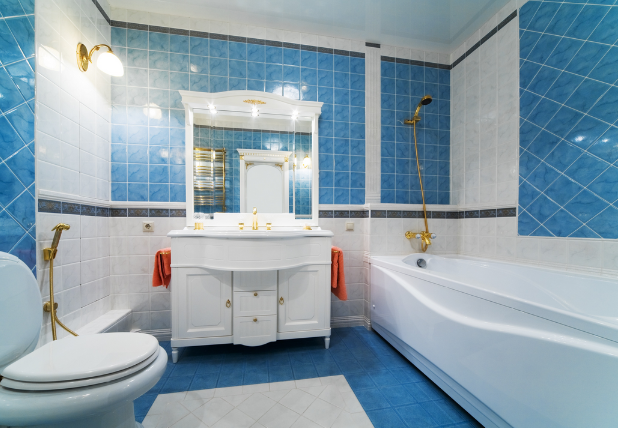Easy tips to install a bathtub surround without help

Tired of that outdated or grimy bathtub surrounds? Dreaming of a fresh, clean look in your bathroom? The good news is, you don’t necessarily need to call in a professional and empty your wallet. Installing a bathtub surround yourself is a totally achievable DIY project! While having an extra pair of hands can be helpful, with a little patience and the right approach, you can absolutely tackle this solo.
This guide will walk you through some easy tips to install a bathtub surround without help, transforming your bathroom into the oasis you deserve. Let’s dive in!
- Gather Your Arsenal:
Before you even think about lifting a panel, make sure you have all your tools and materials ready. This will save you countless trips back and forth and keep your momentum going. Here’s what you’ll likely need:
- Your new bathtub surround kit: Carefully unpack it and familiarize yourself with the different panels and any included hardware.
- Measuring tape: Accuracy is key!
- Pencil or marker: For marking measurements.
- Level: To ensure everything is straight.
- Construction adhesive: Choose one specifically designed for bathroom applications to resist moisture.
- Caulk gun and silicone caulk: For sealing edges and preventing water damage. Look for mildew-resistant varieties.
- Gloves: Keep your hands clean and protected.
- Painter’s tape: To temporarily hold panels in place while the adhesive sets.
- Clean rags or sponges: For wiping away excess adhesive or caulk.
- Optional but helpful: A helper bar or temporary support to hold panels while the adhesive dries.
- Prep is Paramount:
A smooth, clean surface is important for a successful installation. Take the time to properly prepare the area:
- Remove the old surround (if applicable): This might involve scoring caulk lines and carefully prying off the old panels. Be soft to avoid damaging the underlying wall.
- Clean the walls thoroughly: Remove any soap scum, mildew, or loose debris. A good scrub with a bathroom cleaner will do the trick..
- Repair any wall damage: Fill any holes or cracks with appropriate patching compound and sand it smooth.
- Measure Twice, Cut Once (If Necessary):
Carefully measure the dimensions of your bathtub area. Compare these measurements to your surround panels. Most kits are designed to fit standard-sized tubs, but you might need to make some minor adjustments.
- Score the panel: Instead of trying to cut all the way through, use your utility knife or scoring tool to make several passes along the marked line. This will create a clean break.
- Snap the panel: Properly bend the panel with the scored line until it snaps cleanly.
- Dry Fit First:
Before applying any adhesive, do a dry run. This step allows you to identify any potential issues or the need for further trimming without making a sticky mess. Pay attention to how the panels interlock or overlap.
- Adhesive Application: The Sticky Situation:
Now for the main event! Follow the makers instructions for the recommended pattern and amount. Avoid getting adhesive too close to the edges, as it will squeeze out when you press the panel against the wall.
- Position and Secure:
Carefully align the first panel with the wall, starting in a corner. Press it properly into place, ensuring it’s level. Position it to hold the panel securely against the wall while the adhesive begins to grab.
Repeat this process for the remaining panels, making sure they interlock or overlap correctly. Use painter’s tape along the edges to further secure the panels and prevent them from shifting while the adhesive dries completely. Follow the adhesive manufacturer’s recommended drying time – usually several hours or overnight.
Wrapping up
You’ve successfully installed a new bathtub surround without any outside help. Take a back seat and admire your handiwork. Your bathroom has a fresh, new look, and you can bask in the satisfaction of a job well done – all on your own!





